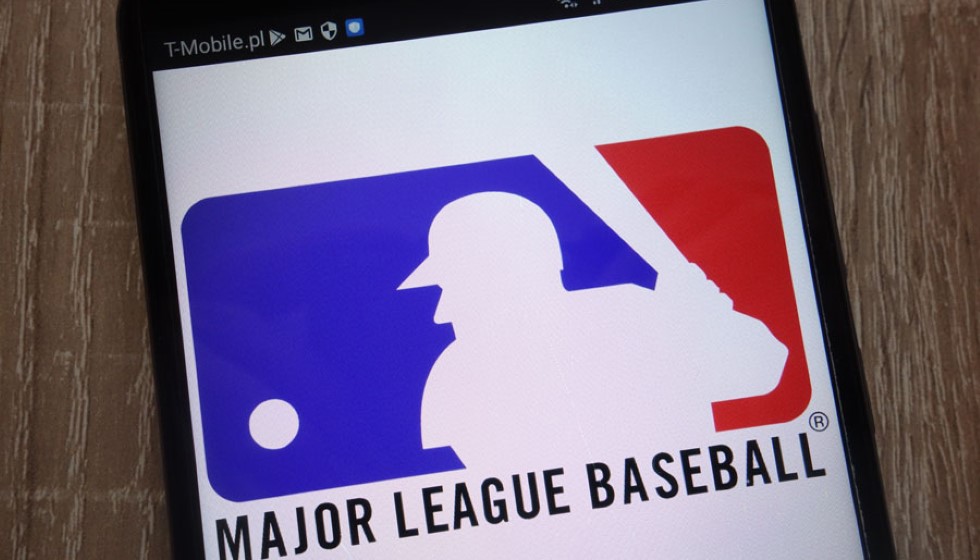
In the intricate mosaic of Major League Baseball's financial landscape, arbitration discussions play a pivotal role in shaping the monetary trajectories of rising stars. Thursday represented a crucial milestone for deciding future salaries, marking the deadline for teams and players to file salary figures for the 2025 season, in the absence of a settled agreement. The 8 p.m. ET time stamp served as a crucible, determining whether pending contract negotiations funneled into arbitration hearings scheduled for later in the month.
Eligibility Dynamics
Arbitration eligibility is a carefully crafted provision, allowing players with three to six years of service time to renegotiate their salaries through this avenue. Additionally, there exists a special category known as "Super Twos," encompassing players with service time between two and three years. For this year, the bar for "Super Twos" eligibility was precisely set at two years and 132 days of service, offering a unique pathway for younger players to leverage their early-career performances into lucrative contracts.
Compelling Salary Comps
Central to the arbitration process are discussions revolving around comparable salaries. The financial figures presented in these negotiations often mirror the earnings secured by players with similar service profiles. This year, a shining example of successful arbitration avoidance came from the Toronto Blue Jays and their star first baseman, Vladimir Guerrero Jr. Guerrero, a dominant force at the plate, sealed a substantial $28.5 million agreement with the team, skillfully circumventing the arbitration grind. His earnings across four arbitration years have amounted to an impressive sum exceeding $70 million, signaling not only his on-field prowess but his strategic acumen as well.
Other notable agreements included the San Diego Padres reaching consensual terms with Luis Arraez for $14 million and Dylan Cease for $13.75 million. Meanwhile, the Boston Red Sox and Garrett Crochet settled on a more modest $3.8 million one-year deal. Not all players, however, saw their negotiations reach a positive conclusion before the deadline. Stalemates emerged, as seen with the St. Louis Cardinals' Brendan Donovan, setting the stage for contentious hearings. Jarren Duran and Michael King, too, are on a path toward arbitration, highlighting the competitive and uncertain nature of these proceedings.
Pre-Deadline Agreements and Their Importance
The upside of finalizing contracts before the filing deadline cannot be overstressed. Players who successfully secure these agreements enjoy the benefits of fully guaranteed contracts, a significant advantage in the inherently uncertain world of professional sports. This assurance not only stabilizes a player’s financial future but also provides positive momentum heading into the upcoming season.
Out of this year's proceedings came a remarkable record: Soto’s eye-catching $79.6 million figure set during arbitration talks has set a new pinnacle, underscoring the evolving economics of the sport and the substantial value of top-tier talent.
A Cautionary Tale
While financial achievement and relational harmony are attainable outcomes for some, for others, the arbitration process holds poignant reflections. Former Brewers pitcher Corbin Burnes once voiced a sentiment that resonates with many caught in this contractual crossfire. "He felt 'hurt' by the entire arbitration process back in 2023," Burnes remarked, encapsulating the emotional weight these negotiations can carry. Such experiences draw attention to the delicate balance between personal ambition and the impersonal nature of high-stakes financial dialogues.
At the intersection of finance and sport, arbitration remains an essential facet of baseball's evolving narrative. As players and teams navigate this negotiation labyrinth, successes and setbacks continue to illuminate the ever-shifting relationship between athletic excellence and its commensurate financial reward.